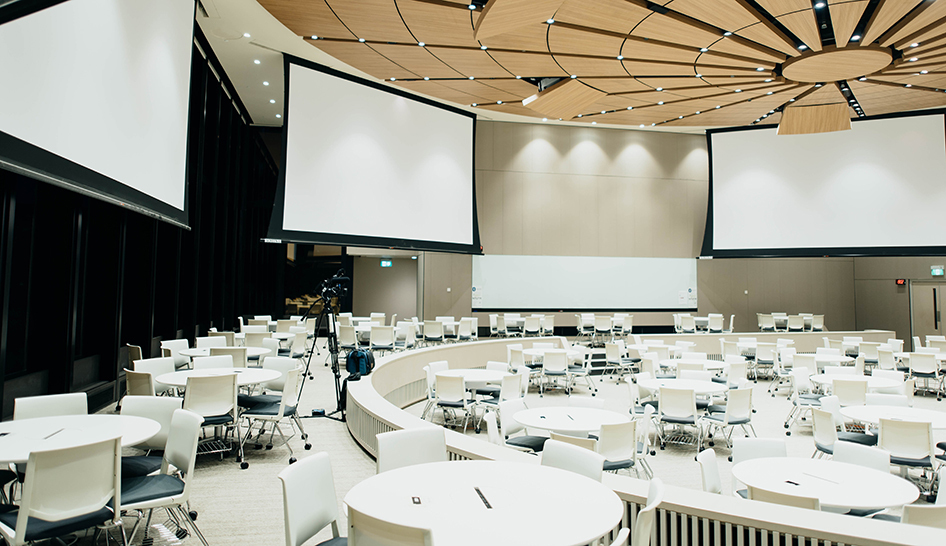There is little question that the pandemic has had an impact on a crucial aspect of the club business, especially where equipment purchasing and planning are concerned: Face-to-face meetings. Between the cancellation of a multitude of trade shows, educational summits, networking events, and planned one-to-one meetings, the loss of those opportunities has blunted peer-to-peer learning and hands-on experiences with the latest equipment.
At the same time, the desire for face-to-face meetings going forward remains high. According to the Future of Business Travel survey, more than 75% of respondents believe face-to-face meetings for sales and pitching are preferable to remote working, and 80% say a vaccine would make them more likely to travel for meetings.
That’s good news. But, to some degree, the die has already been cast, with face-to-face meetings likely to decline in a post-pandemic world. A recent survey of remote employees in Australia, for example, notes that, for 80% of respondents, most meetings will likely be remote once workplaces reopen.

